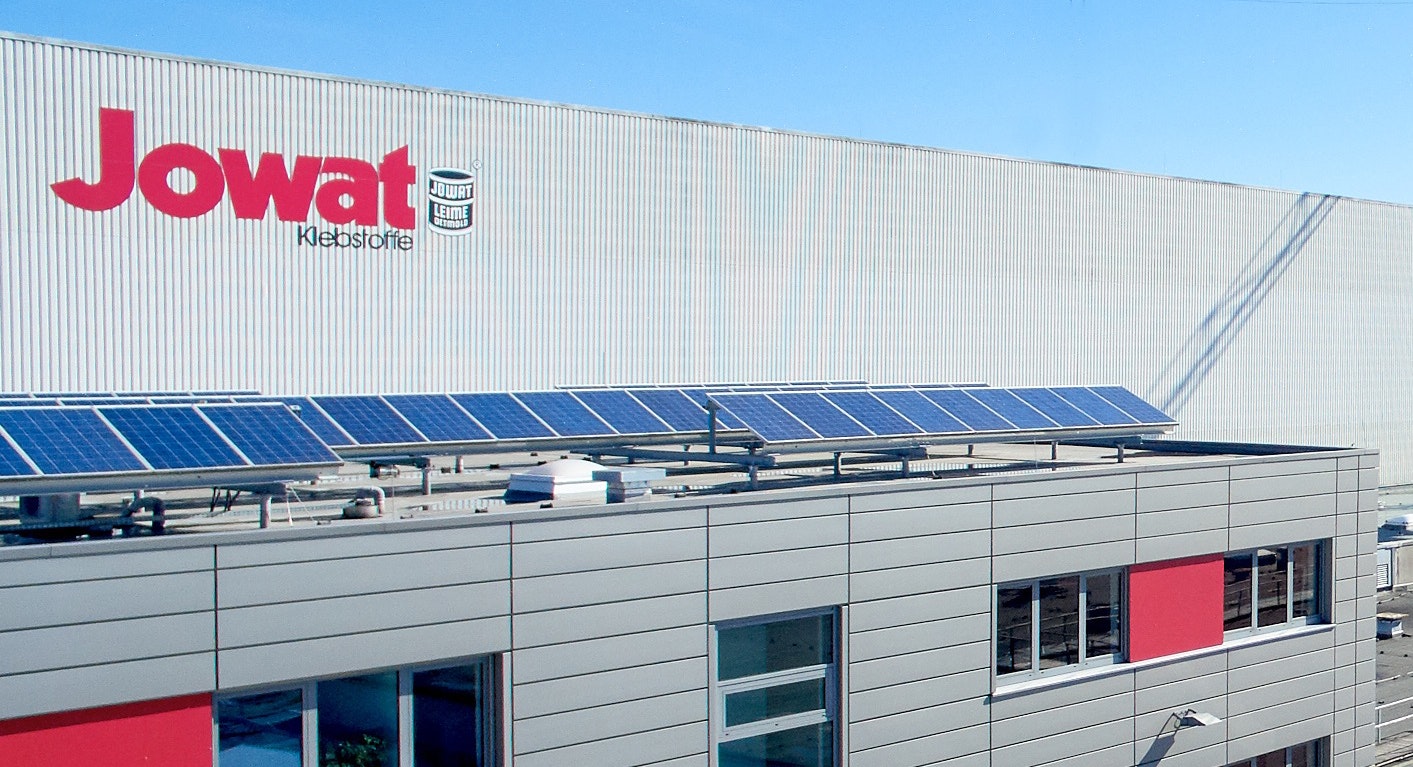Around the world, not only is the general demand for energy increasing, but also the demand for green electricity. In 2019, for example, more than 40 percent of the electricity generated in Germany came from renewable sources such as solar energy. This is news that has led to global competition in recent years, including price wars in the photovoltaic industry. Today, many companies have shifted their production of solar modules to Asia in order to keep costs as low as possible. This trend is also emerging in the complex, material-intensive production of wafers: the extremely thin silicon discs that form the basis of solar cells. Billions of wafers are sawn from solid silicon ingots every year. As part of this process, the ingot must always be attached to the workpiece carrier, known as the beam, which in turn has to be fixed to the sawing device. Both processes are usually carried out by bonding with a two-component epoxy resin adhesive applied by specially developed robots. From both a cost and manufacturing perspective, it would be advantageous at this point to rely on a technology that facilitates the joining of a workpiece and carrier without the use of expensive and high-maintenance robots, as well as with the help of a non-reactive, purely thermoplastic hot melt adhesive.
Small step, big effort
The consortium of the three Fraunhofer Institutes ‘IFAM’ (Bremen), ‘CSP’ and ‘IMWS’ (both Halle, Saale) with the companies PV Crystalox Solar Silicon GmbH (Erfurt) and Jowat SE has set itself the goal of developing a technology that will sustainably replace the previous process. In addition to a new type of plastic base beam, the focus here is on a new adhesive system. It should be able to reliably withstand the stresses of the sawing process, but be easy to remove afterwards. The original idea was to add an additive developed by Fraunhofer IFAM to the adhesive which, when a DC voltage is applied, enables adhesive weakening and simplified dissolution of the bond. Since an important step in the further development of wafer production is the fast and trace-free removal of the adhesive, this forms yet another research focus of the Jowat team led by Dr Hartmut Henneken and his colleague Elmir Velispahic. The adhesive experts went one step further and worked on a system that can replace the previous 2-C adhesives, but can be removed with less technical effort.
Read the whole story and other interesting articles in our customer magazine.

